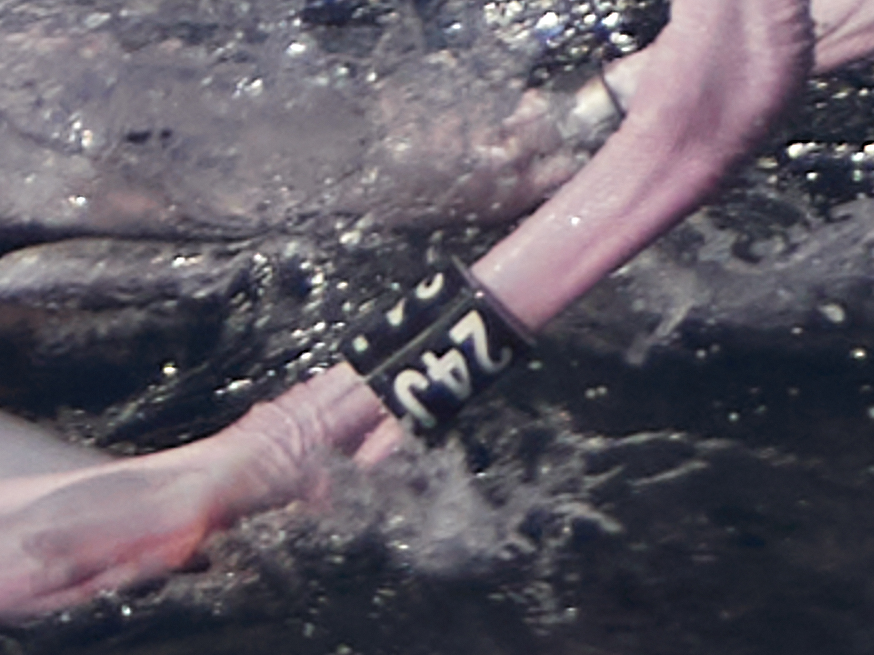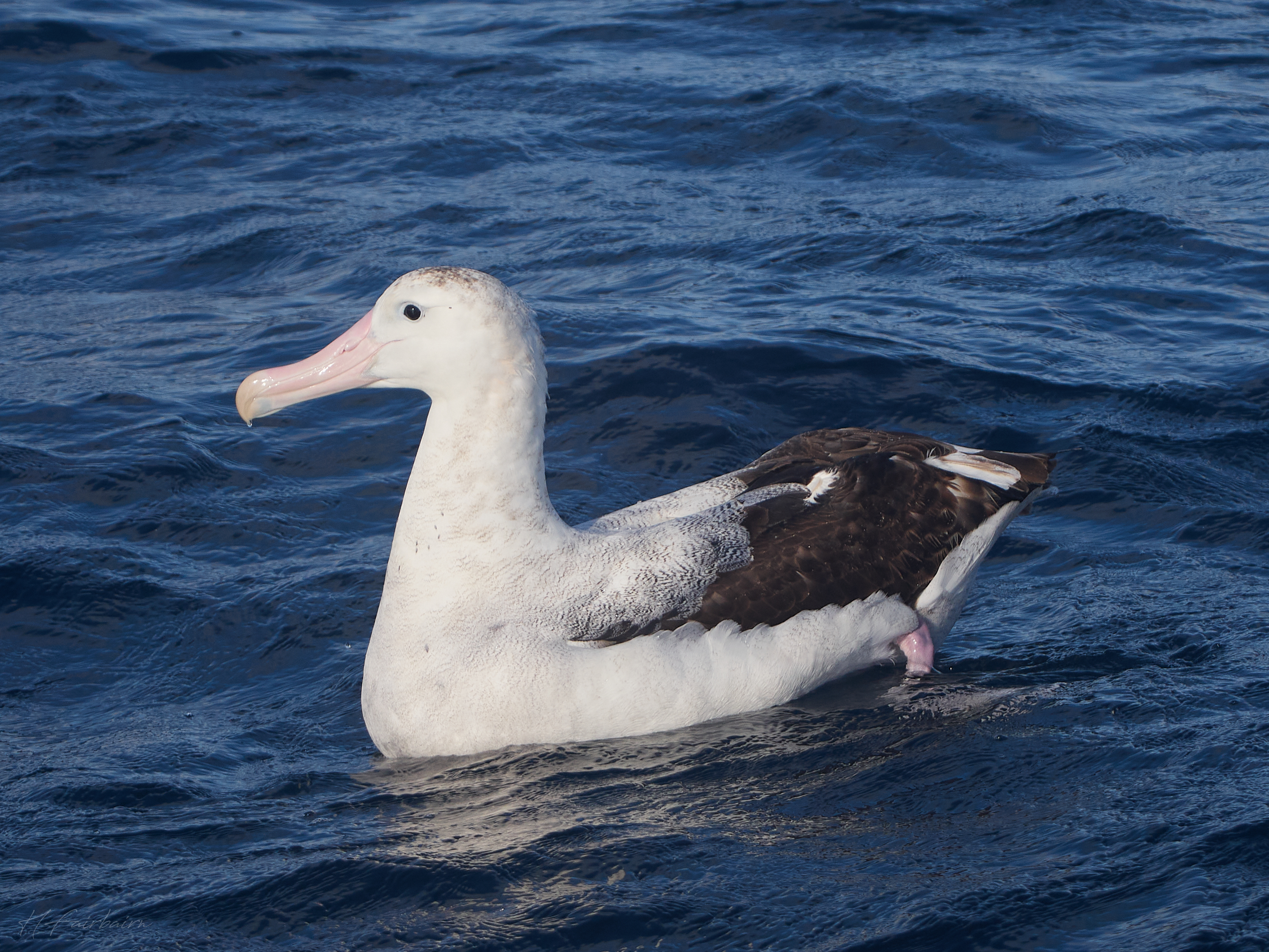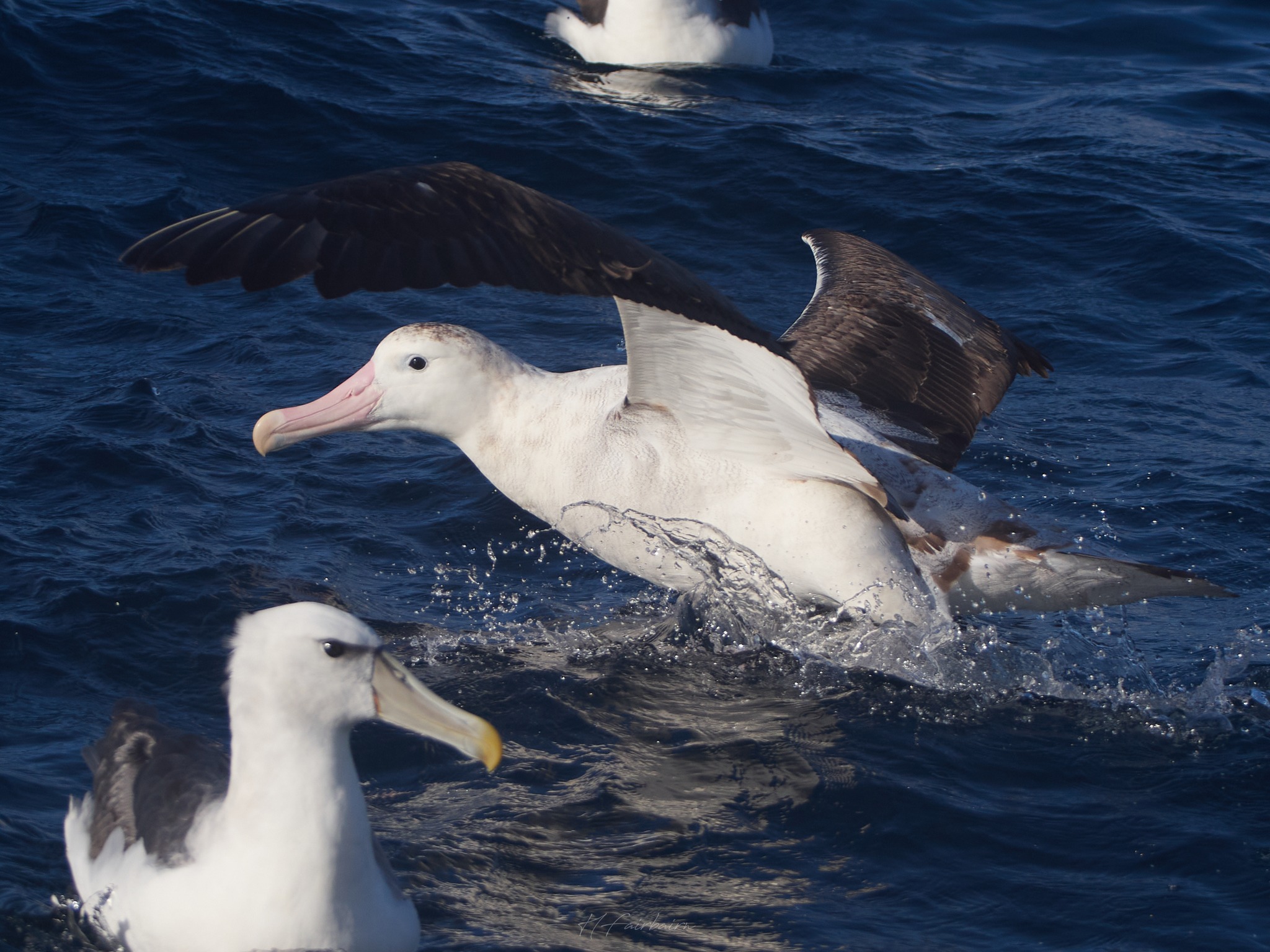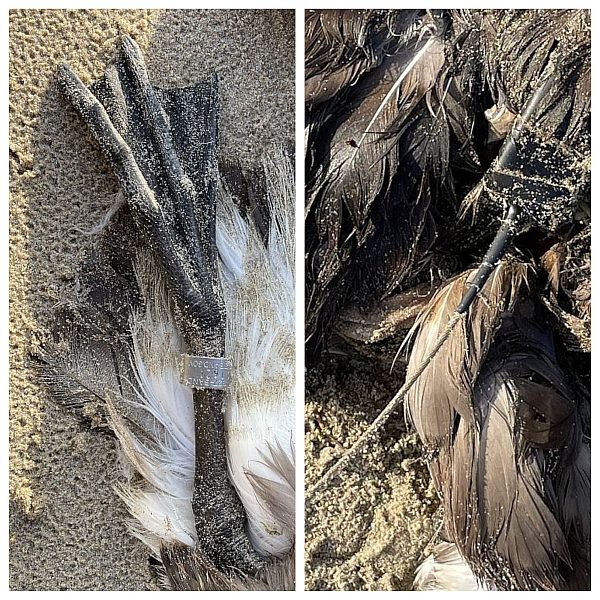
The oiled Black-footed Albatross. Its metal leg land is visible on the left, the satellite transmitter’s aerial on the right. Photographs by Michelle St Martin, USFWS, from the Pelagicos Facebook Page
Unlike for some lower-latitude penguin species, contamination by oil has not been as a serious threat facing ACAP-listed albatrosses, petrels and shearwaters although sporadic cases do get reported (click here for an example, see also here).
A recent example of an oiled procellariiform is of the corpse of a Black-footed Albatross Phoebastria nigripes, stranded on Beverly Beach, where it was collected by the Oregon Department of Fish & Wildlife. It was individually identified by its federal metal-band and was still equipped with a Microwave Telemetry satellite transmitter.
![]()
At-sea tracks of the Laysan Island Black-footed Albatrosses
The oiled bird was one of several (out of an original 10) Black-footed Albatrosses that were satellite-tagged on Laysan Island in February and have continued to transmit from sea for over three months, as shown by their recent movements (visit NOAA's Animal Telemetry Network site). One of these birds was exposed to an oil spill off Oregon and Washington , and stranded on Beverly Beach, where its corpse was collected by the Oregon Fish & Wildlife.
![]()
A Black-footed Albatross rises from brooding its downy chick on Laysan Island, photograph from the Pelagicos Facebook Page
John Cooper, Emeritus Information Officer, Agreement on the Conservation of Albatrosses and Petrels, 12 June 2024

 English
English  Français
Français  Español
Español 

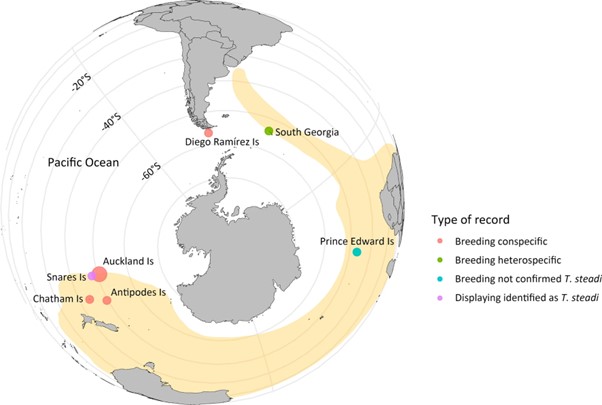

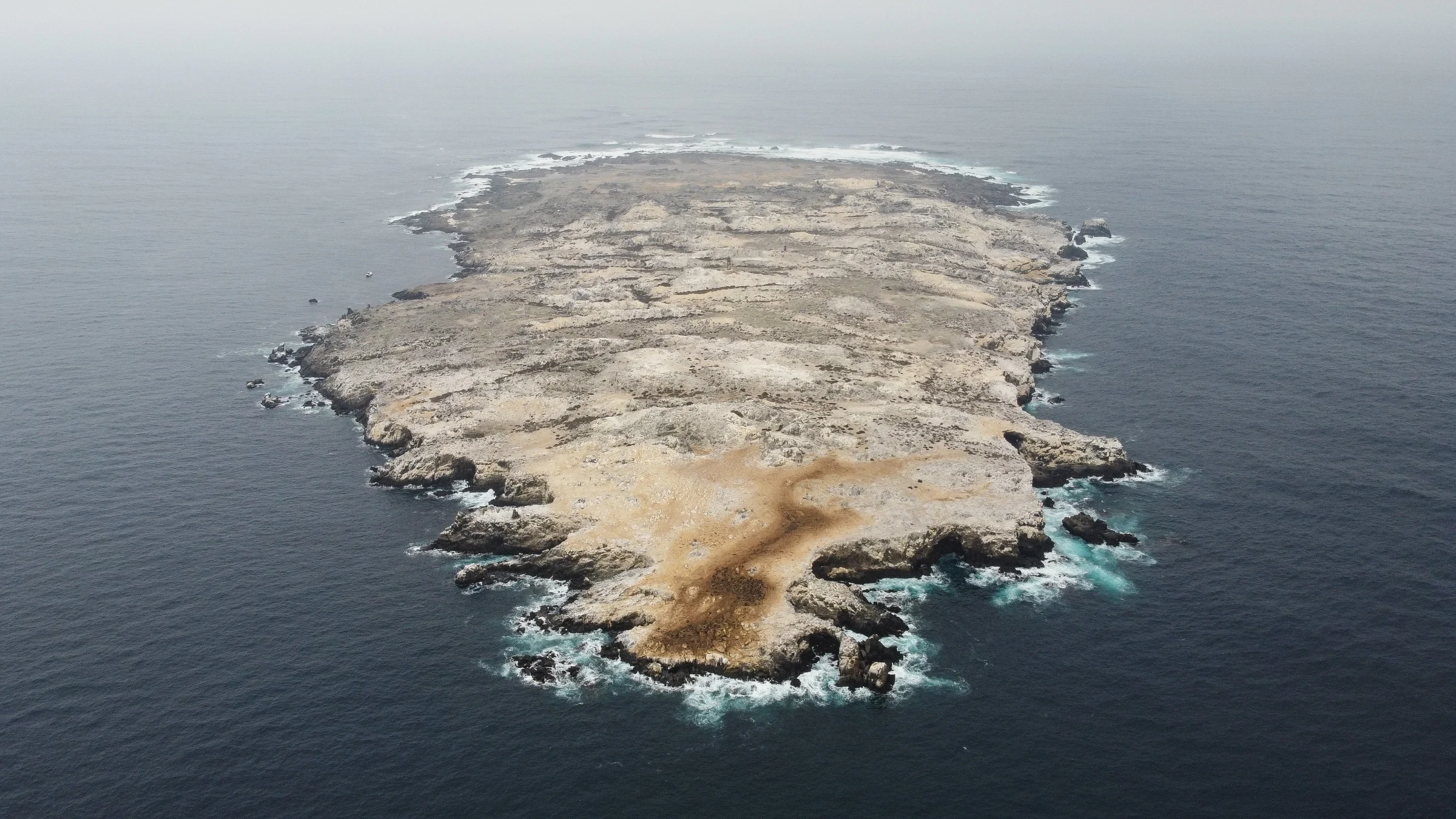
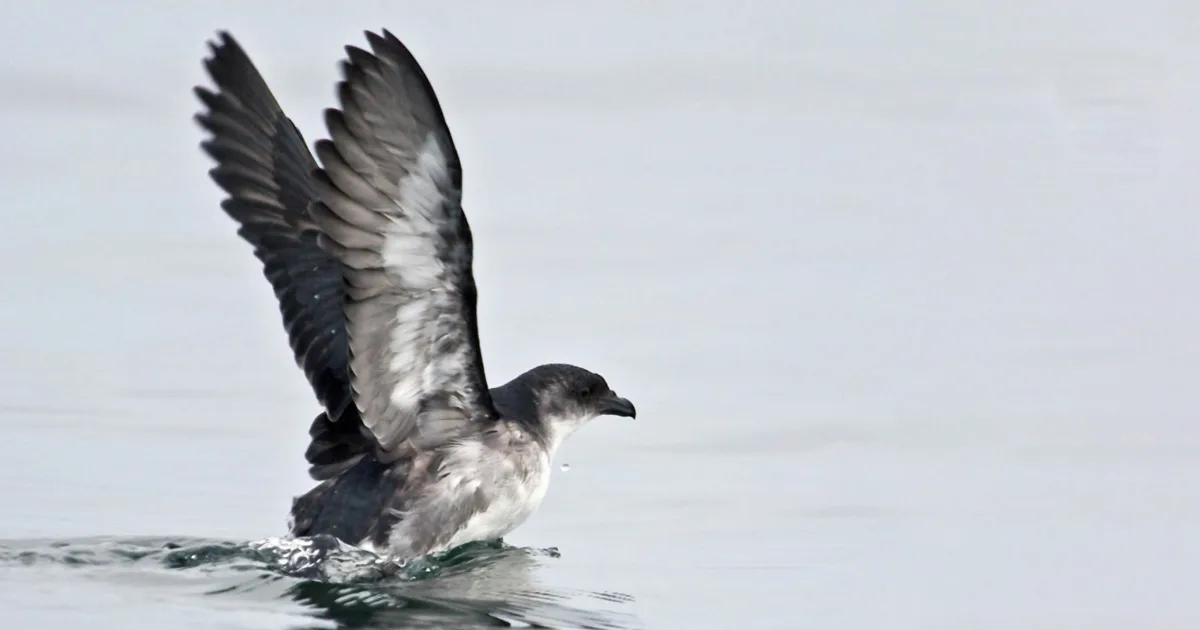
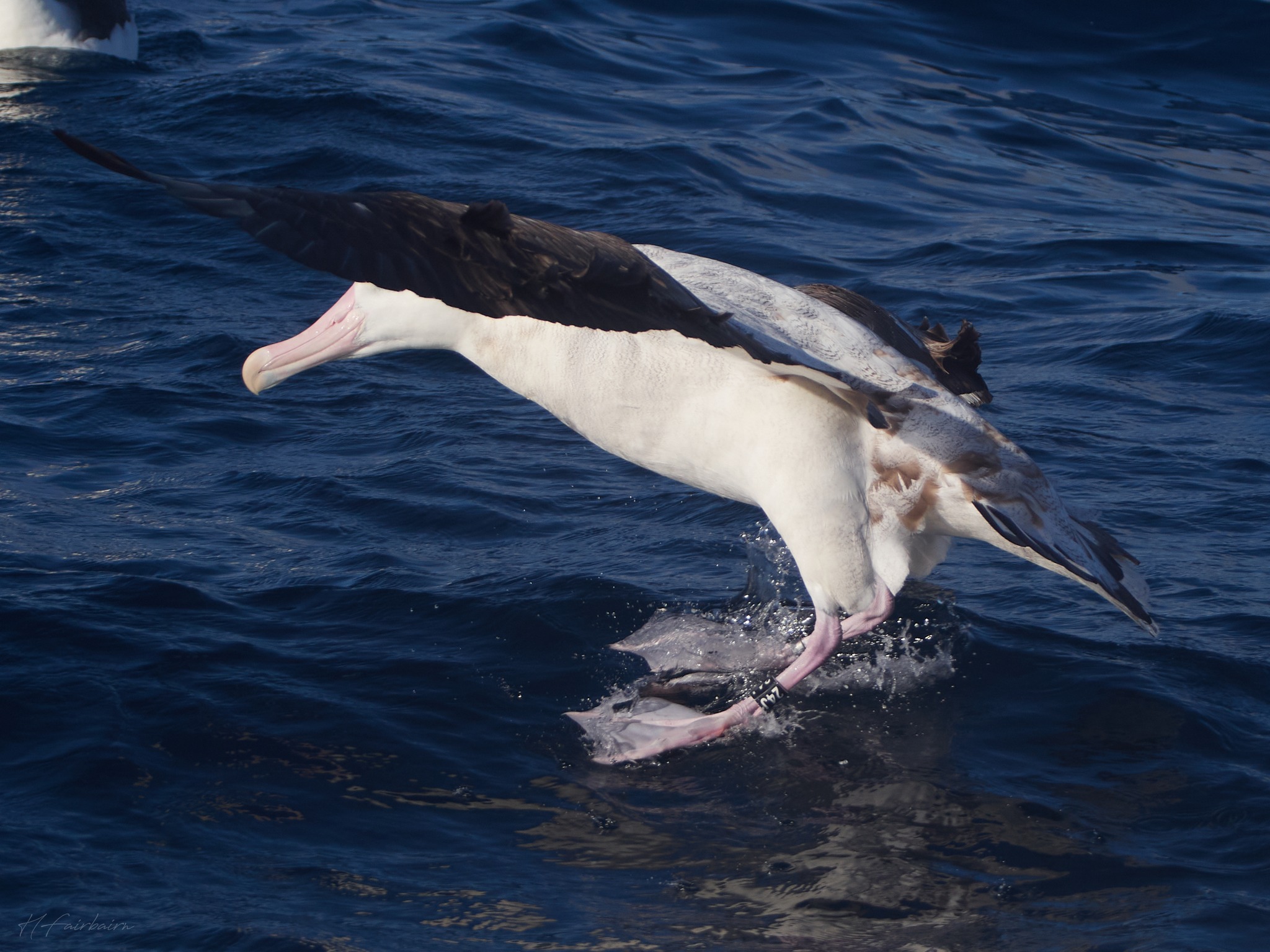 Black 24J off Port MacDonnell, South Australia, 5 May 2024, photograph by Hannah Fairbairn
Black 24J off Port MacDonnell, South Australia, 5 May 2024, photograph by Hannah Fairbairn 